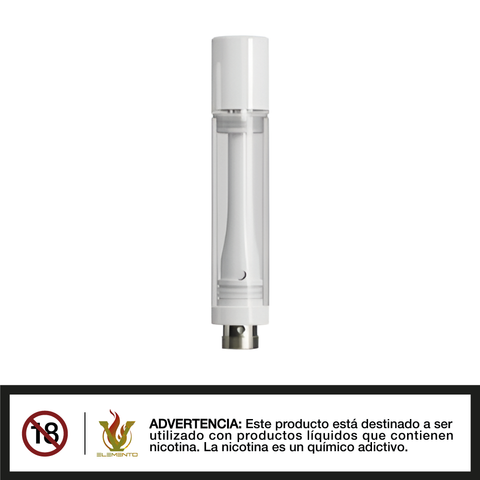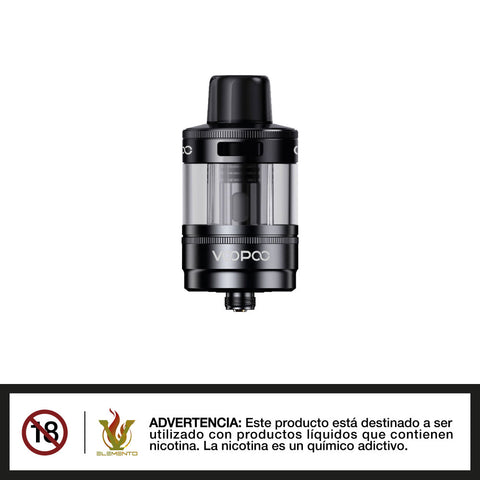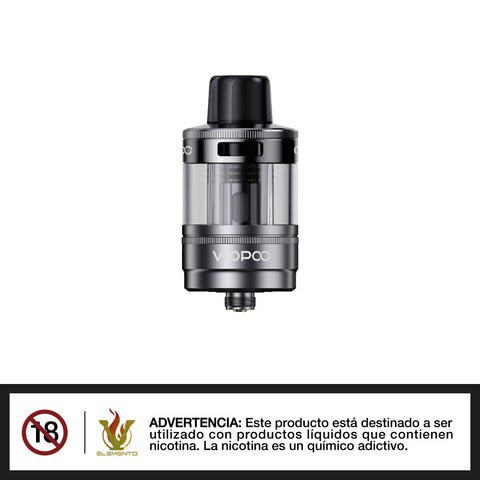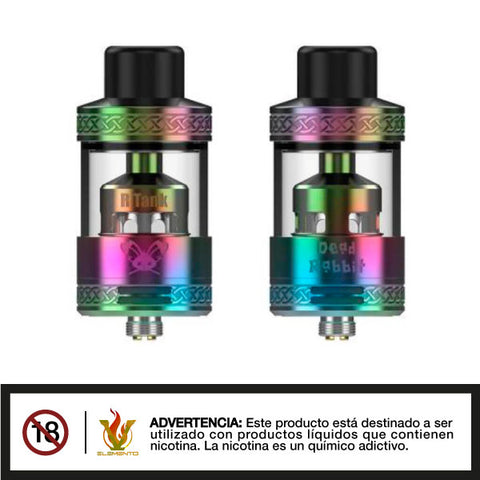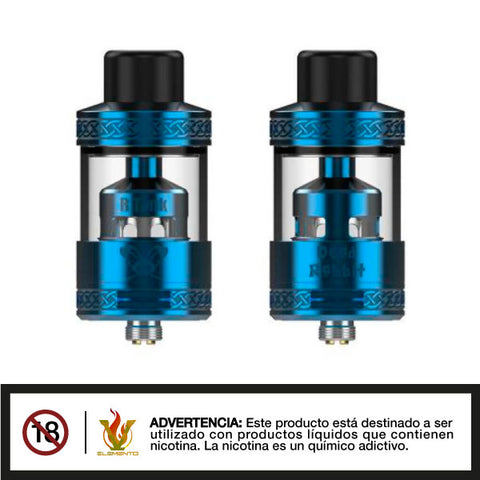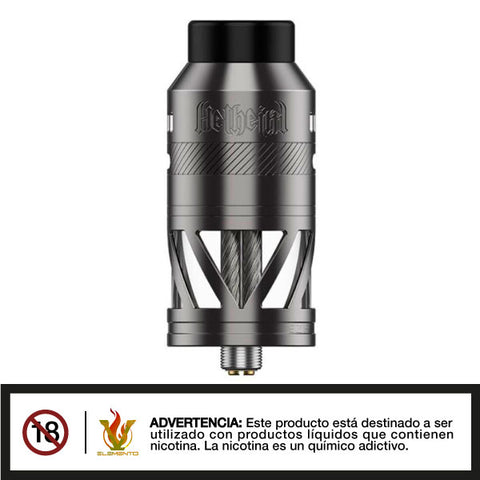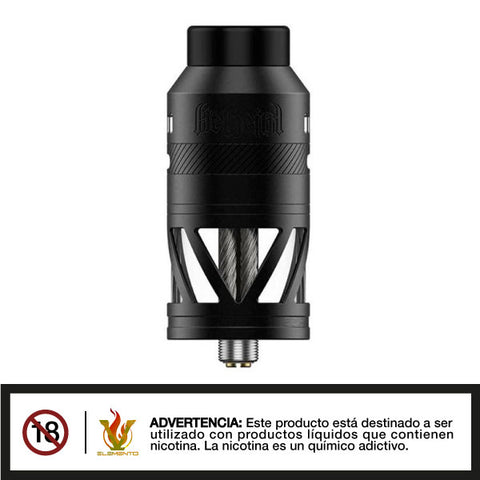Smok Novo 3 Kit - Vaporizer
The Smok Novo 3 is the latest edition to the popular Novo range, succeeding the original Novo and Novo 2 and Novo X kits. In shape, it matches the Novo and Novo 2 in size, so it is not bigger and the standard 2ml pod capacity is the same.
The Novo 3 has a power output of 6-25W and a built-in 800mAh battery, which is compared to the Novo 2 and Novo X, however, the series upgrade is advanced pull activation. With a new addition of air intake slots on both sides of the mouthpiece for a better flavor experience, with a redesigned sensor element, meant to make you enjoy every puff.
As with previous models, it is compatible with both stronger nicotine salts and regular vape juices, so take your pick and enjoy the improved flavor! The Novo 3 is also fully compatible with Novo Pods and Novo 2 pods, as well as coming with two Novo 3 pods in the kit.
Related products:
Specifications:
- Dimensions 88.3 x 24.5 x 14.5mm
- 43g weight
- Built-in 800mAh rechargeable battery
- Output range from 6 to 25 W
- 3.0 - 4.0 V output range:
- Resistance range of 0.8 - 2.5ohm
- Activation of advanced drawing
- air intake slots
- Magnetic nozzle connection
- Micro USB charging port
Cartridge Specifications:
- 2ml pod capacity
- 0.8ohm Mesh Coil
- Compatible with Novo and Novo 2 pod cartridges
Includes:
- x1 New 3 Mod
- x2 Novo 3 0.8ohm Pods
- USB Cable
- User manual
Quinto Elemento Vap, the largest Distributor of Vaporizers in Medellín.
Do you have any doubt? Our vape experts are here to help you
Nicotine is an alkaloid derived from ornithine found in plants of the genus Nicotiana sp. The effects of nicotine in man depend on the dose, being able to behave as a stimulant or as a blocker of ganglionic nerve transmission.
How does nicotine work?
Nicotine is absorbed into the bloodstream and reaches the adrenal glands, which are located above the kidneys. These glands release adrenaline, which increases blood pressure, heart rate, and breathing rate. Adrenaline also causes many pleasant sensations, all at the same time.
What other effects does nicotine have on health?
Although nicotine is addictive, most of the health effects are caused by other chemicals found in tobacco. Tobacco use damages each and every organ in the body. Smoking tobacco products can cause lung, mouth, stomach, kidney, and bladder cancer. It can also cause lung diseases — such as coughs — and heart disease, vision problems, and yellowed teeth. Smokeless tobacco products are also dangerous. They can cause mouth cancer and heart and gum disease.
How is nicotine addiction created?
Over time, the nicotine found in tobacco can change the way the brain works. When a person stops using nicotine, the body can become confused and start to feel very sick. This makes it difficult to quit nicotine, even when we know it is harmful. That is called addiction.
Contraindications of Nicotine
Hypersensitivity to nicotine, non-smokers or occasional smokers, children, pregnancy, lactation, recent myocardial infarction, unstable angina pectoris or aggravation of it, Prinzmetal's angina, serious cardiac arrhythmias, cerebrovascular accident, insuf. advanced cardiac.
Warnings and Precautions Nicotine
HTA, stable angina pectoris, enf. cerebrovascular disease occlusive peripheral arterial insuf. heart disease, diabetes mellitus, peptic ulcer, hyperthyroidism, pheochromocytoma, IR or IH, atopic or eczematous dermatitis (transdermal patches). Oral forms caution in: active esophagitis, oral or pharyngeal inflammation, gastritis. Risk of inducing tolerance and physical dependence.
Nicotine in pregnancy
Nicotine has harmful effects on fetal health clearly defined as: low birth weight, increased risk of spontaneous abortion and increased perinatal mortality. It can produce, depending on the dose, alterations in the fetal circulation and in the respiratory movements of the fetus. In the 3rd trimester, nicotine has hemodynamic effects (such as changes in fetal heart rate) that can affect the fetus near delivery.
Nicotine in Lactation
Contraindicated in lactating women. Nicotine is excreted in breast milk in amounts that may affect the nursing infant, even at therapeutic doses. Consequently, during the lactation period, the use of nicotine replacement therapy products should be avoided, as should smoking. If you have not been able to quit smoking, the use of oral forms is preferable to that of patches. The use of nicotine replacement therapy during lactation should only be started after consulting a doctor.
Nicotine Adverse Reactions
Systemic: asthenia, flu syndrome, headache, pain, constipation, diarrhea, dyspepsia, nausea, vomiting, flatulence, hiccups, gastritis, stomatitis, esophagitis, myalgia, arthralgia, sleep disorders, insomnia, dyspnea, tremor, dizziness, dryness mouth, nervousness, increased coughing, pharyngitis, palpitations, increased sweating. Local: transient rash, pruritus, edema, burning and tingling sensations.








